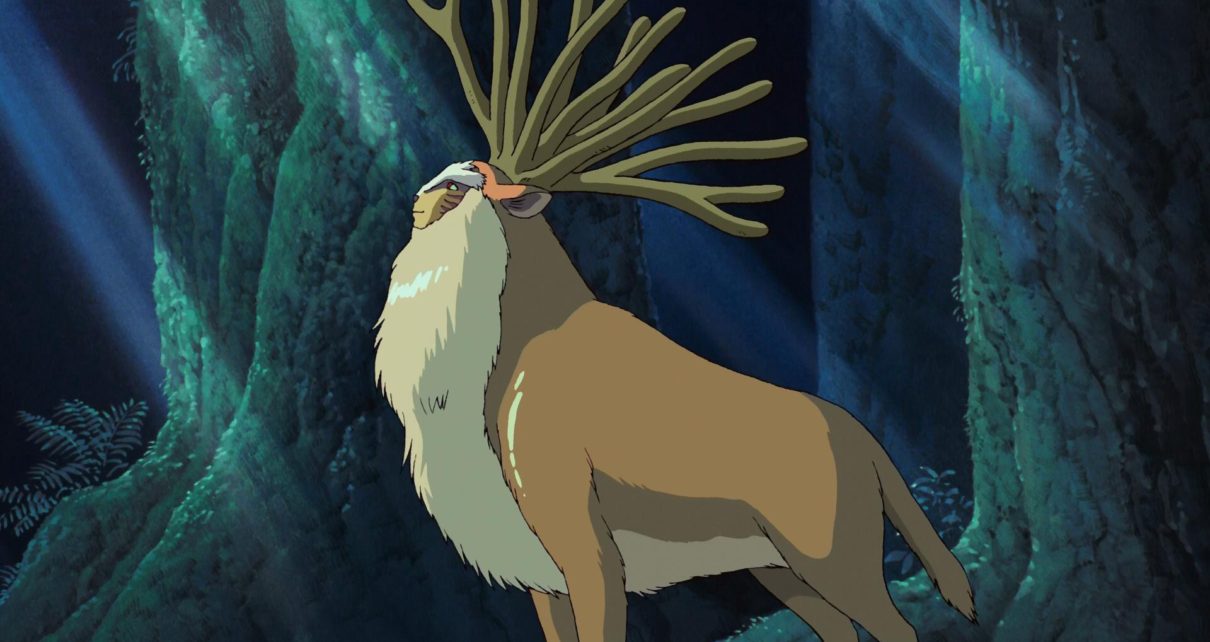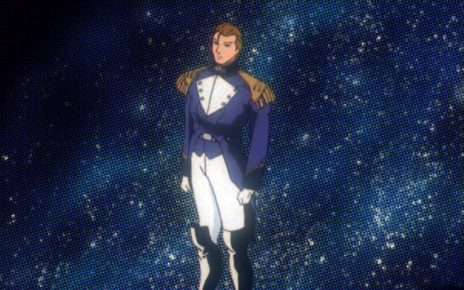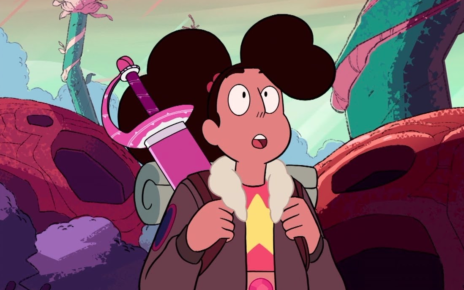Mamoru Fujisawa, known professionally as Joe Hisaishi, is Hayao Miyazaki’s greatest musical collaborator, having produced the scores and soundtracks for eleven Miyazaki films, as well as another of Studio Ghibli’s great works, Isao Takahata’s The Tale of the Princess Kaguya. (Plus the score for Ghibli’s RPG for PlayStation 3, Ni no Kuni: Wrath of the White Witch and the music for a number of films by director Takeshi Kitano, for the yakuza film fans keeping score at home.) But it’s his sixth Ghibli score, for Princess Mononoke—which is my favorite of Miyazaki’s perfect films, and which turns 20 years old today—that blows them all away. It’s a glorious, sweeping fusion of Japanese classical and the rich bombast of the best Hollywood scores, and it boasts what I would argue is the greatest symphonic theme since that of Pyotr Ilyich Tchaikovsky’s final completed symphony, Symphony №6 in B minor, Op. 74, Pathétique, with apologies to Mahler and Sibelius and Shostakovich and Prokofiev and Ives. Come at me, classical music fiends and the Pitchfork writer who didn’t include it in this reductively-titled roundup.
Here’s the theme:
When I first watched Mononoke, I’d never seen anything like it, and yet it felt so clearly like what a contemporary Tolkien and a contemporary Kurosawa might cook up together had they had backgrounds in animation. And the music? I’d never heard anything like that, either—and yet it sounded just like the best of the Romantic symphonies, Oscar-nominated drama/adventure movie scores, and Japanese folk music rolled into one.
But just the theme itself doesn’t do it justice. Here’s the full film’s soundtrack, performed as a symphonic suite:
“Journey to the West!” That’s the theme taken to the top with delicate, swelling strings and a reference to one of the four great novels of Chinese literature to boot. It expands on what Hisaishi did a decade earlier in his theme for Laputa—known in the west as Castle in the Sky—but remains more rooted in the pentatonics of Japanese yo scale than the Western major scales of its predecessor. It’s simply stunning.
Now, Tchaikovsky’s sixth is more similar in melody to some of Hisaishi’s other scores, like for Spirited Away or Howl’s Moving Castle or even Porco Rosso. But there’s something in it that I find harder to unstick from my brain and impossible not to whistle dramatically while waiting three times too long for the F Train. Or, well, I would, if I wasn’t too busy whistling the Mononoke.
Anyway, here’s the theme:
The fifth through eight bars must be one of the most imitated patterns in 20th-century film, begging as they are to be incorporated into scenes of love or wistfulness or memory or dance or the beautiful frailty of existence. There are all kinds of dark whisperings about the circumstances around, and meaning behind, this piece, but that hasn’t stopped it from popping up everywhere in pop culture.
Here’s the symphony, as conducted by the legendary Leonard “Yes, That Leonard Bernstein” Bernstein:
And OK, fine, I’m a bassoonist, and I’m a sucker for anything that opens with the dulcet lower tones of an instrument which, as I have written before, a former conductor of mine once affectionately referred to as a “farting bedpost,” but come ON. The symphony tiptoes toward a menacing theme before plunging straight into a bunch of big and blasting horns—and that’s all before the strings pick up the lilting theme. It’s superb stuff, and honestly, you probably don’t listen to enough classical music, so just listen to the full 50 minutes or so, will you, please?
Or just go listen to the Mononoke suite again. I don’t think Pyotr would blame you.
Thanks for reading The Dot and Line, where we talk about animation of all kinds. Don’t forget to ❤ this article and follow us on Twitter and Facebook.





